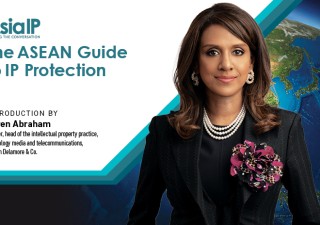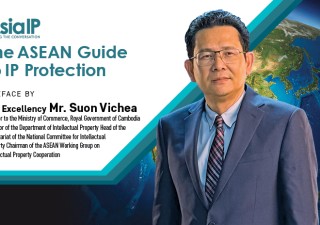Changes to Patent Procedures in Vietnam
16 January 2018

On January 15, 2018, the amended implementing regulations of the Law on Intellectual Property of Vietnam, in the form of Circular No. 16/2016/TT-BKHCN, will enter into force. We have provided an earlier update on the changes to trade mark procedures. Below are some of the main changes to patent-related procedures:
1. Removal of the 6-month grace period for late PCT national phase entry
The above Circular has specifically cancelled existing provisions allowing a late PCT national phase entry within 6 months of the 31-month deadline. Accordingly, PCT applications having the 31-month deadline on or after 15 January 2018 cannot enter the Vietnamese national phase with a late entry request. However, the Circular does not include transition provisions. Further, the National Office of Intellectual Property (NOIP) of Vietnam has not officially confirmed whether PCT applications having the 31-month deadline before 15 January 2018 but the 37-month time limit on or after 15 January 2018 can still enter the Vietnamese national phase with a late entry request.
With this change, applicants are advised to provide filing instructions in good time before the 31-month deadline to allow time to prepare the necessary Vietnamese translations, which are required at the time of national phase entry.
2. Revised time limits for responding to official communications
Similar to trade mark and industrial design procedures, the time limit for a formality examination response is revised from 1 month to 2 months, and the time limit for a substantive examination response is revised from 2 months to 3 months. In addition, the time limit for paying the relevant fees following a notice of intention to grant is revised from 1 month to 3 months.
Accordingly, applicants will have more time to attend to the necessary actions. Each time limit can still be extended once for a period of time equal to the time limit set in the official communication. The extension must be requested before the expiration of the applicable time limit, together with payment of the required extension fee.
3. Discretionary extension of time
The above Circular includes new provisions allowing applicants to request a discretionary extension of time on the grounds of a “force majeure event” or “objective obstacle” preventing the necessary actions from being taken. A specific request and supporting evidence are required.
Such a discretionary extension of time will be required if applicants wish to file the request for substantive examination within 6 months after the 42-month deadline. Previously, only “plausible reasons” were required for this extension.
4. Revised requirements on contents of a patent application
The above Circular prescribes that a patent application shall have an “Objective of the invention” section to specify the goal to be achieved or problem to be solved by the invention. The object statement can be a one directed at rectifying the shortcomings of existing solution(s) described in the background section. In addition, it is no longer a requirement to include a separate section on example implementation(s) of the invention, or a section on benefits/effects expected to be achieved by the invention. The technical benefits/effects, if any, can be described in the summary section.
These changes are not expected to have significant effects if patent applications are prepared in accordance with established practices in major jurisdictions.
5. Amendment of a patent application
The above Circular specifies that any amendment must not add matter beyond that originally disclosed in the specification (including the description, drawings and claims). In other words, support for an amendment can be taken from the claims as originally filed. This is in contrast to previous provisions which limited support for an amendment to the description only.
It has also been stipulated that if a substantive amendment is made to the specification after the notice of intention to grant has issued, re-examination of the application will be required.
6. Application of security control regulations
Regulations on security control of inventions, first introduced in 2011, specify that inventions of Vietnamese organizations or individuals and inventions created in Vietnam shall not be protected by Vietnam if patent applications in respect of those inventions have been first-filed abroad or filed abroad less than 6 months from the date of first-filing in Vietnam, or patent applications have been filed abroad despite the inventions being considered classified.
The above Circular includes a new provision allowing the NOIP to treat a patent application filed in contravention of security control regulations, including a PCT application filed directly at the International Bureau, as invalid during formality examination.
Since there is presently no mechanism to request a standalone foreign filing license, it is recommended that applicants comply with Vietnamese first-filing requirements if they wish to later seek patent protection in Vietnam for inventions involving Vietnamese inventors. Please do not hesitate to contact us if you wish to discuss these requirements.
The amended implementing regulations are intended to bring Vietnamese IP practice up to date with recent developments. We will keep you updated if the NOIP clarifies the applicability of any specific regulations.






